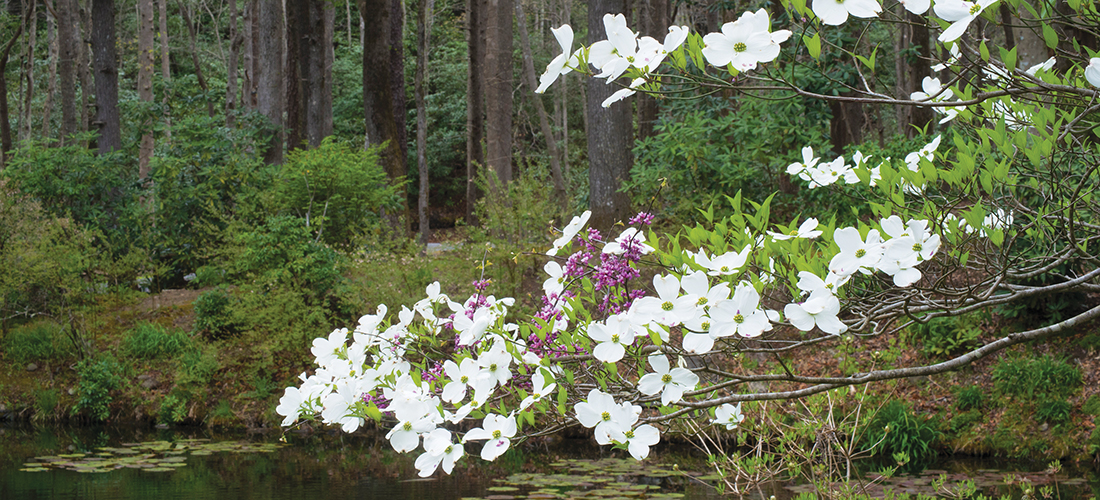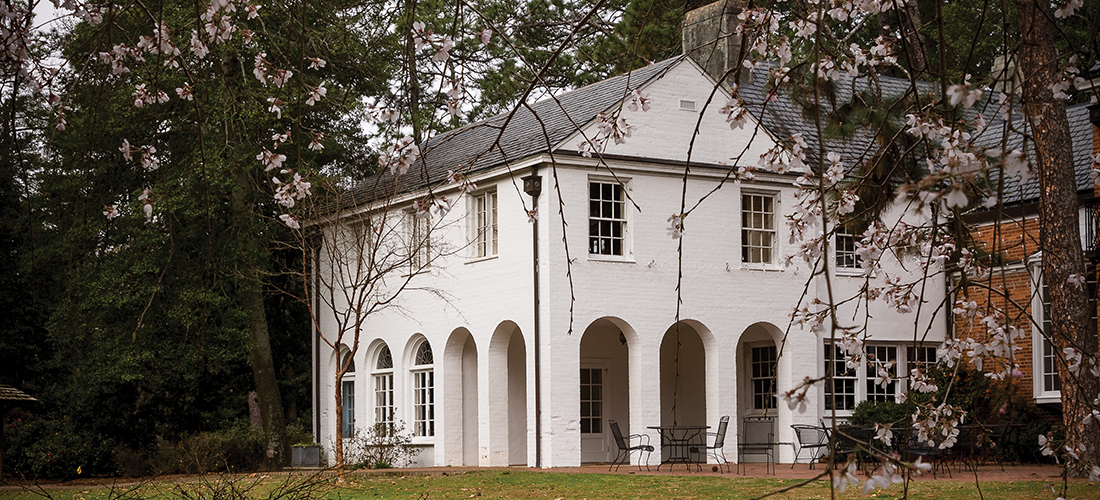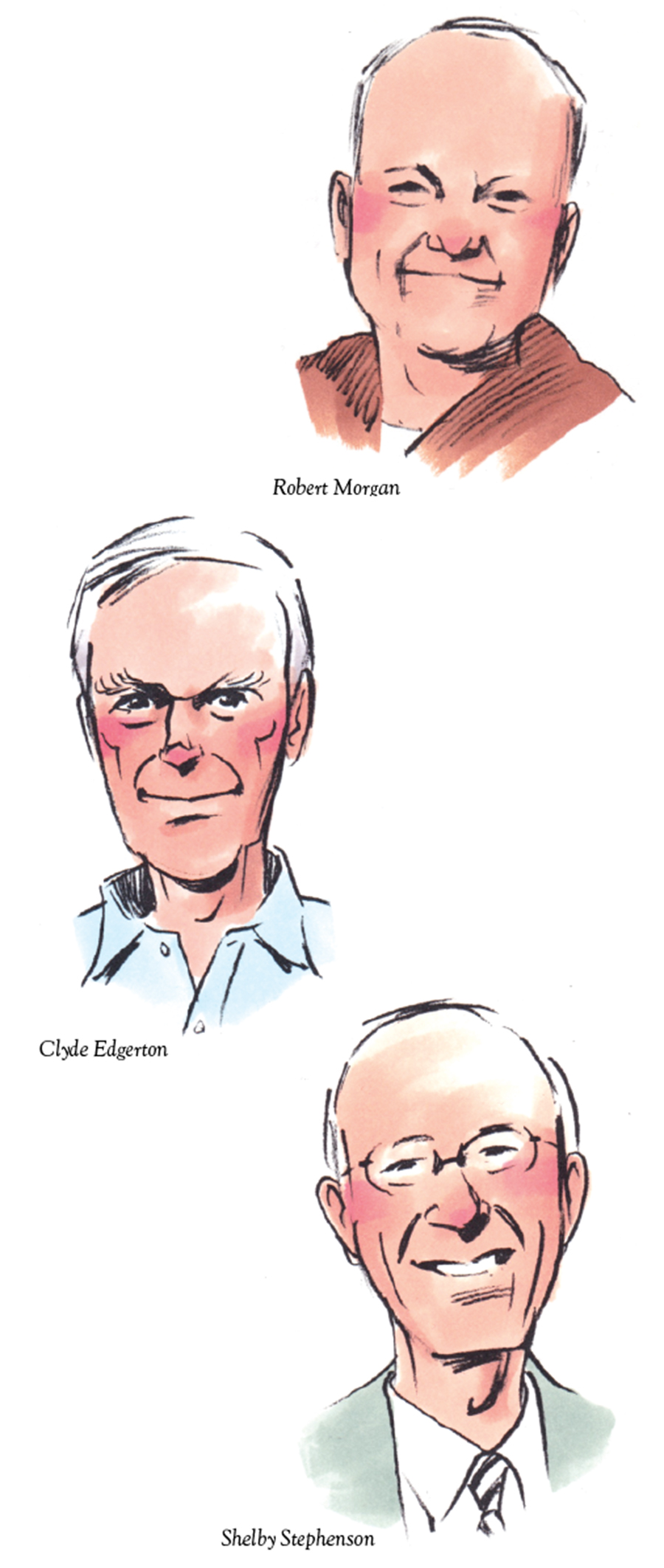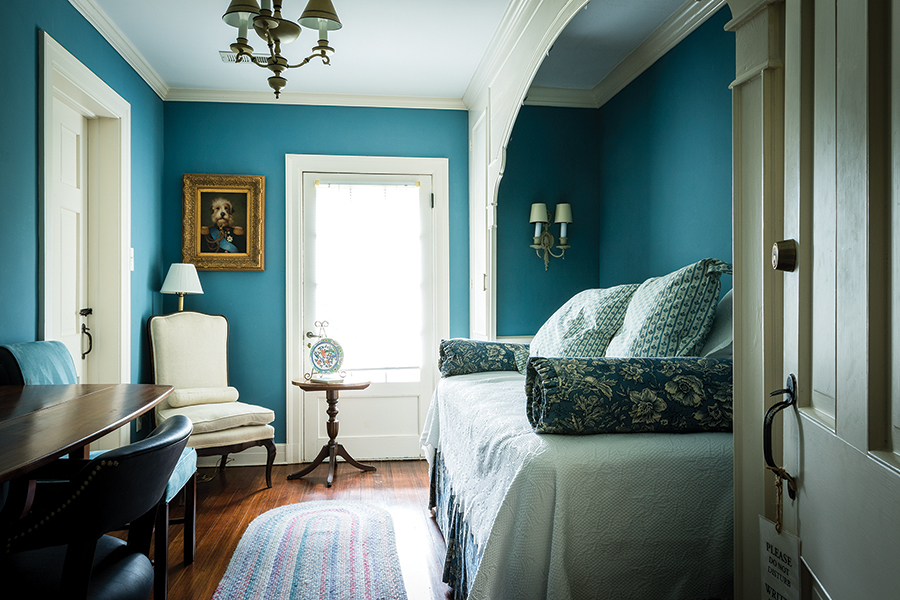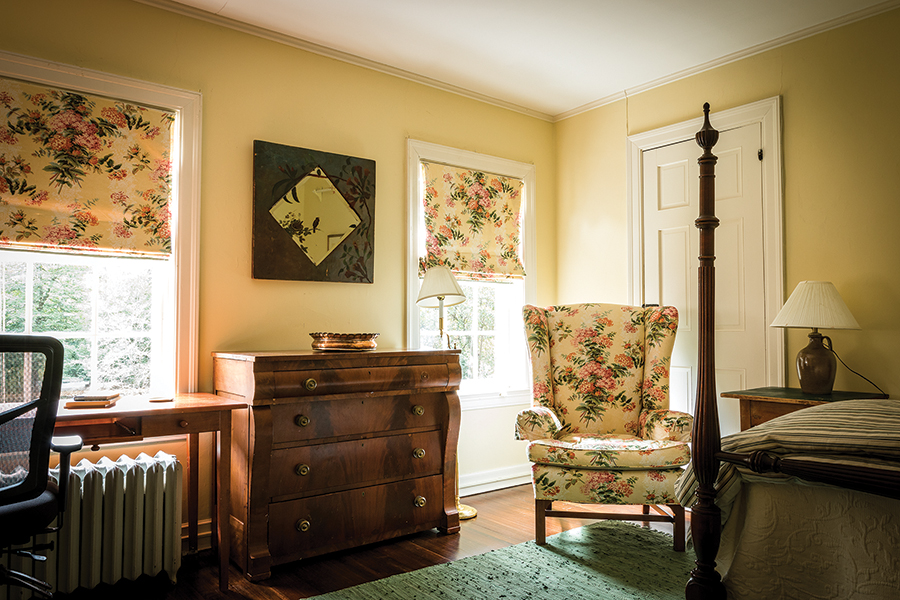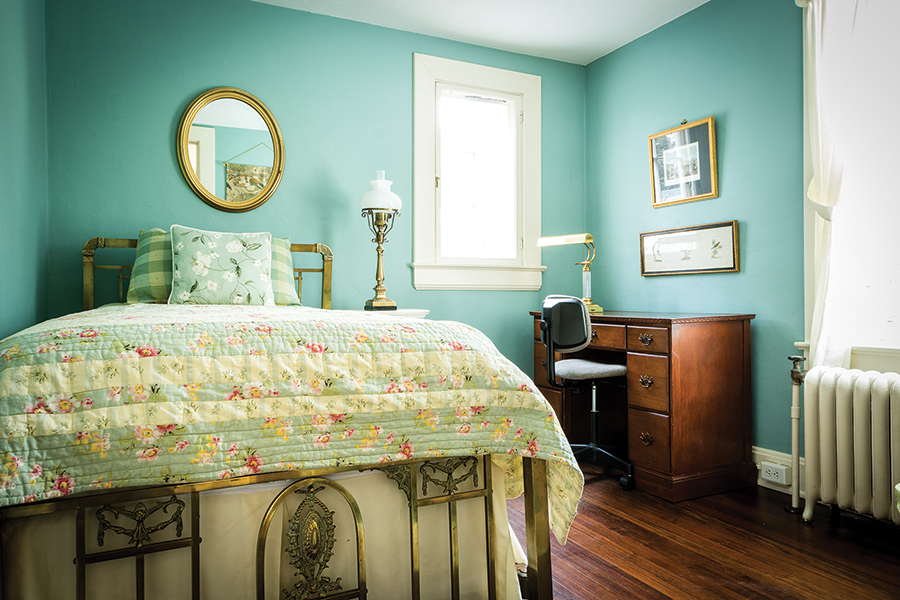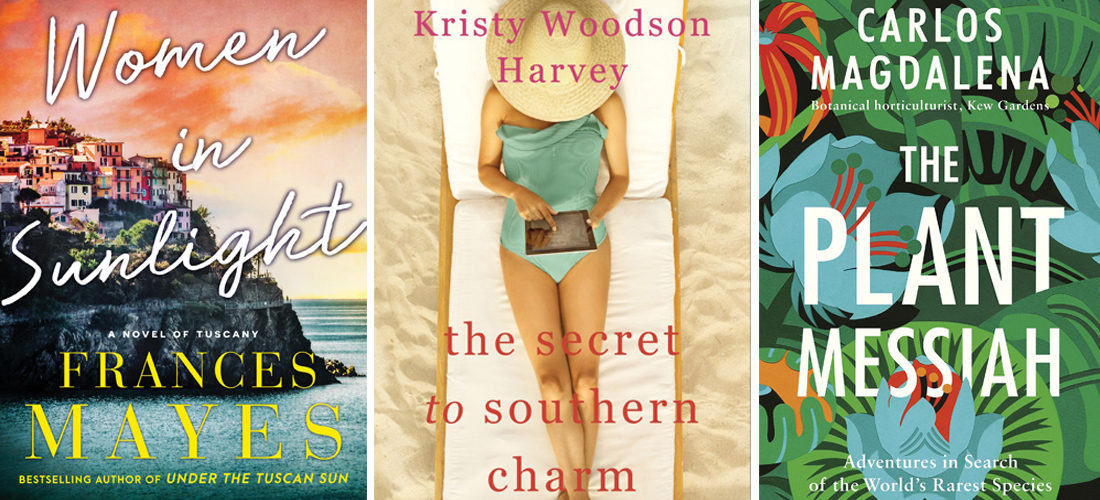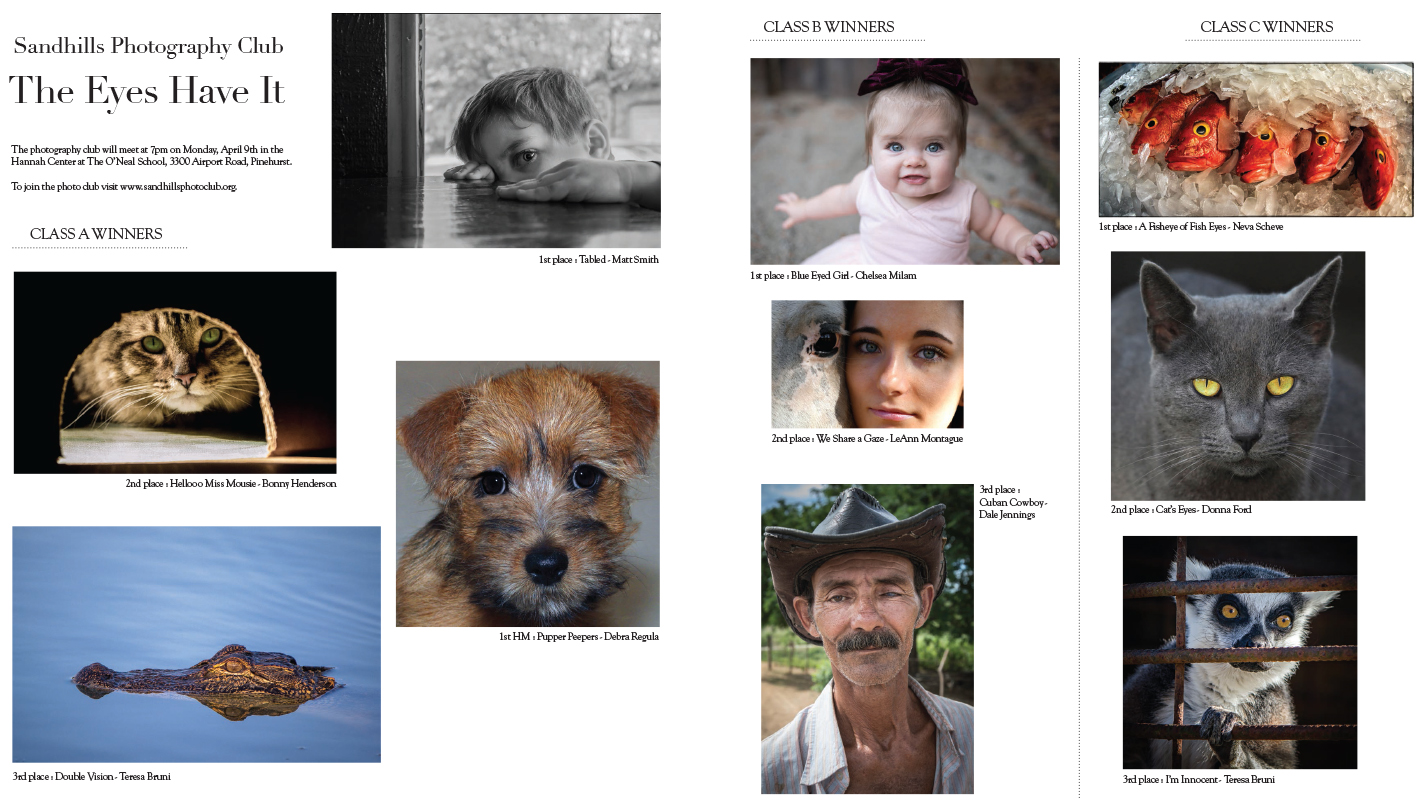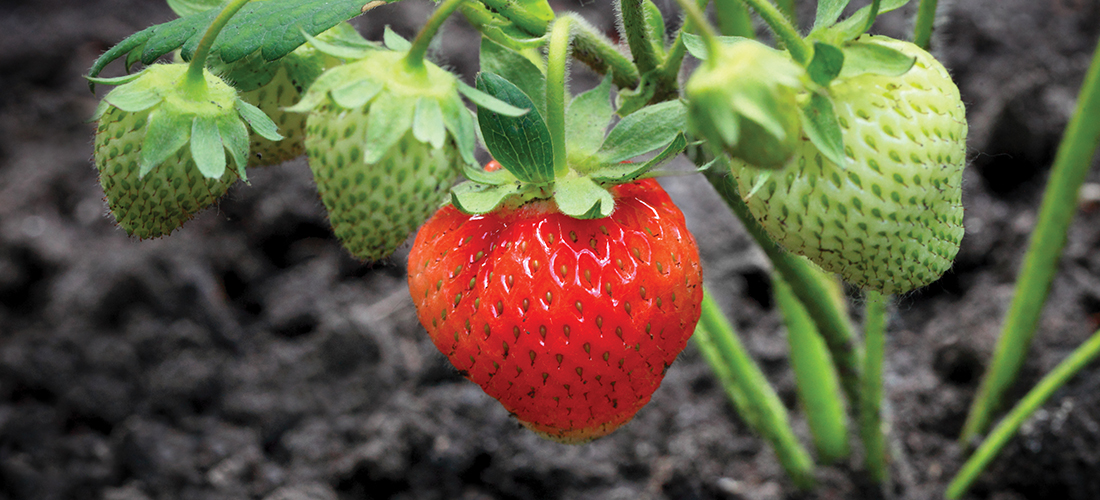It’s Aries’ time to shine . . . and go their own way
By Astrid Stellanova
Star Children, don’t expect a description of the first sign in the horoscope. Aries folks kick over the traces, when anyone dares apply adjectives to them. Lady Gaga. Leonardo da Vinci. Maya Angelou. All Aries, and all tending to have the kind of force field that others notice. Aries don’t take kindly to boredom, following the pack or tradition. They do take kindly to impulse, hacking a trail straight into the thicket and breaking norms right over your head if they have to, all in the name of the Aries fierce individuality. Diamonds, daisies and sweet peas are hallmarks of Aries, which sounds nice, right? Well, diamonds are the hardest substance on Earth — from the Greek word for “unbreakable” — just right for this fire sign. Ad Astra — Astrid
Aries (March 21–April 19)
Nobody would believe it, Ram. But your birthday most always knocks you sideways. What’s in a little ole number, Sugar? You can’t accept your age because you: Don’t feel it, look it and sure don’t act it. However, here you are — and that birth certificate don’t lie. As an actual fact, embracing that scary new number is the first step towards discovering that it may be your luckiest one. Honey, do remember that you are the lucky one until your number is, well, up? (And when did you ever care what somebody else thought, anyhoo?)
Taurus (April 20–May 20)
You, being an unusually mellow and chill Taurus this month, have everybody thrown for a little ole loop. Your newfound self-restraint is about as unexpected as a fainting goat at the petting zoo. Call it age. Call it wisdom. Call it about time. Your friends and family are cheering you on and loving it.
Gemini (May 21–June 20)
The heart wants what it wants. And then, well, snap, it doesn’t. You set out to get what you thought you wanted, made sure you got it, then threw it out the window of a moving car. Now you are going back and forth down that lonesome road hoping to find it and retrieve it. Sugar, it is too late for that, but you’re not too old to learn from it.
Cancer (June 21–July 22)
You remind me of that tea towel that reads: “Loose women tightened up here.” You’ve found a whole new sense of humor, new ways to enjoy yourself and break free, and the road to more discovery is straight ahead. Don’t listen to your critics. If they insist you get tight, do it with a cocktail.
Leo (July 23–August 22)
Some people are like poison ivy, flourishing on shade. That’s the problem with one of your closest confidants. Resist the urge to overshare. As irresistible as the gossip is, it is also toxic and some of that poison will spill onto you if you don’t watch it.
Virgo (August 23–September 22)
Trying to be all things to all people is like trying to teach sex education and driver’s education in the same car! That’s a lot like what you’ve been doing lately — straddling two very different goals and managing neither one. What is your true intention? What do you really want, Honey?
Libra (September 23–October 22)
A recent family fracas left you smarting from a little rope-a-dope. Shake it off, Sugar. Then get yourself a new attitude and close your lips. There is nothing you can say that will make things resolve, and it is not your destiny to leave every family feud with rope burns. It will play out and you can make an exit.
Scorpio (October 23–November 21)
You’re a secret intellectual. You like crossword puzzles and mind games. So, what are you doing joining a book club that only reads beer labels? Why are you hiding yourself when you are smarter than you want to admit? Fess up and step up.
Sagittarius (November 22–December 21)
You didn’t just shoot yourself in the foot. You speared yourself. Lucky for you, this is not a fatal wound. In the future, you will laugh about the way you bumbled your way into a storm of epic proportions, but Honey, right now what you need most is a bandage.
Capricorn (December 22–January 19)
If the good guys really did wear white hats and sit tall in the saddle, life would be easier on all of us. But life ain’t a Western. And, frankly, you have a little secret of your own. If you could unburden yourself and make amends, you might stop picking fights with the bad guys.
Aquarius (January 20–February 18)
Three times. That’s how often an opportunity is going to knock. After that, it may be a dry spell. Opening the door won’t be all that scary, Honey Bun. But letting a good opportunity walk away might be a thing to regret.
Pisces (February 19–March 20)
In the shoulda-coulda-woulda competition, you took first prize. Now try walking the path moving forward, instead of walking it backward. If we got it right the first time, we would all graduate from the big school of life. But nobody does. Second-guessing is not a goal to pursue. PS
For years, Astrid Stellanova owned and operated Curl Up and Dye Beauty Salon in the boondocks of North Carolina until arthritic fingers and her popular astrological readings provoked a new career path.



